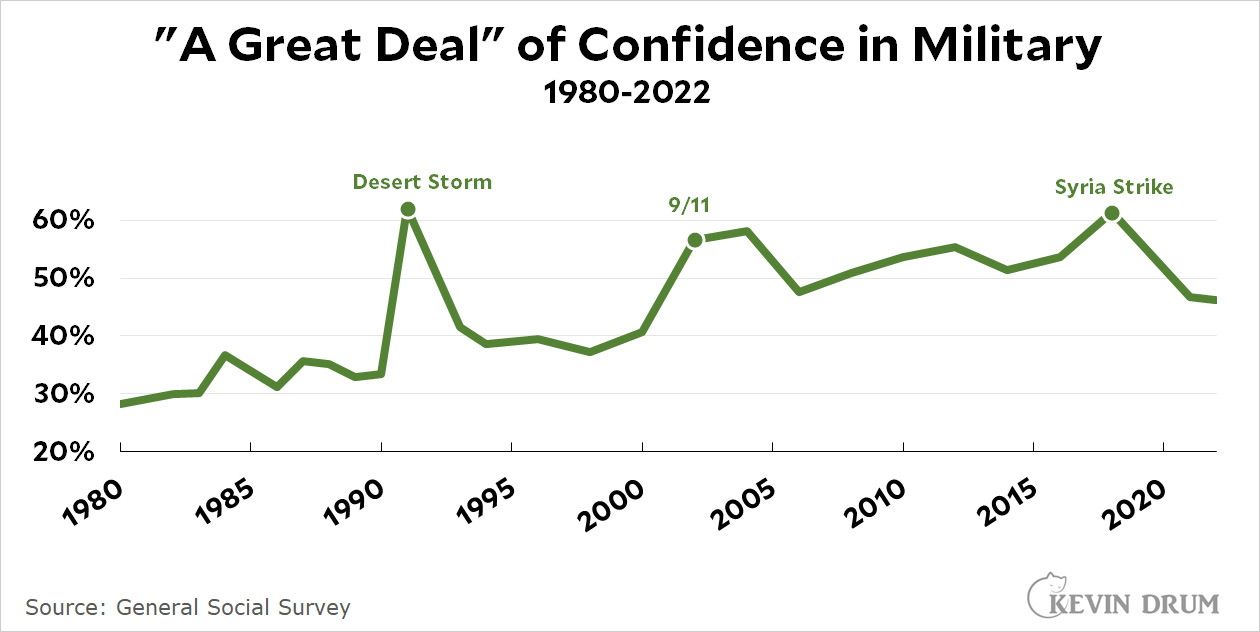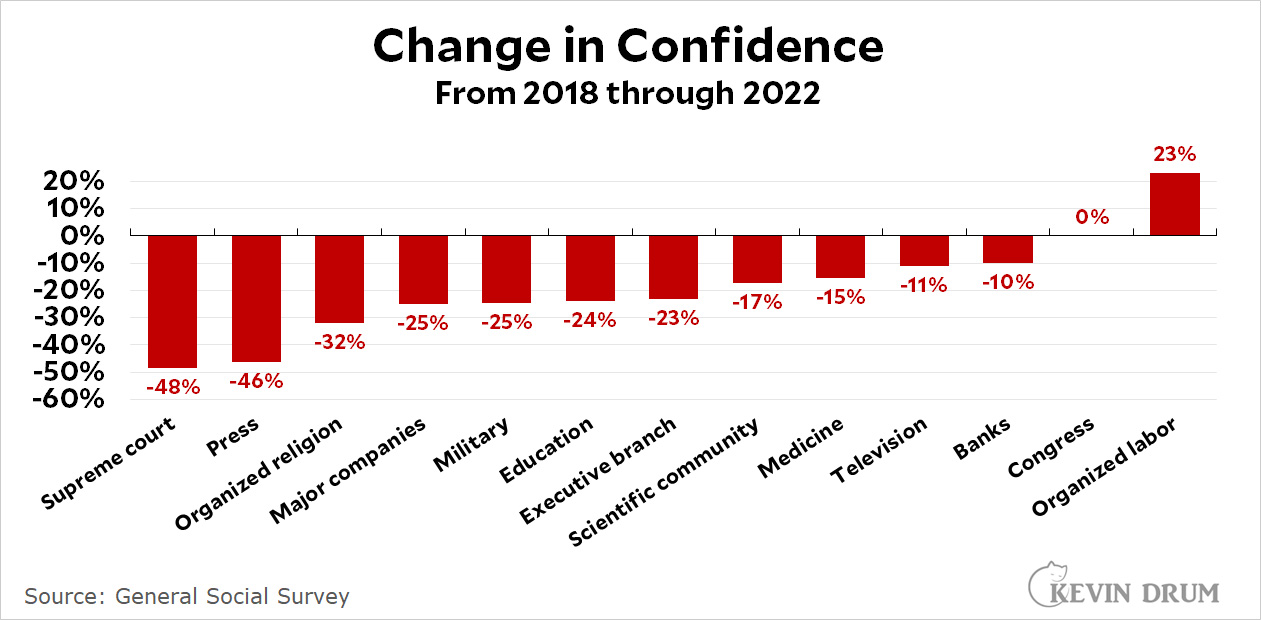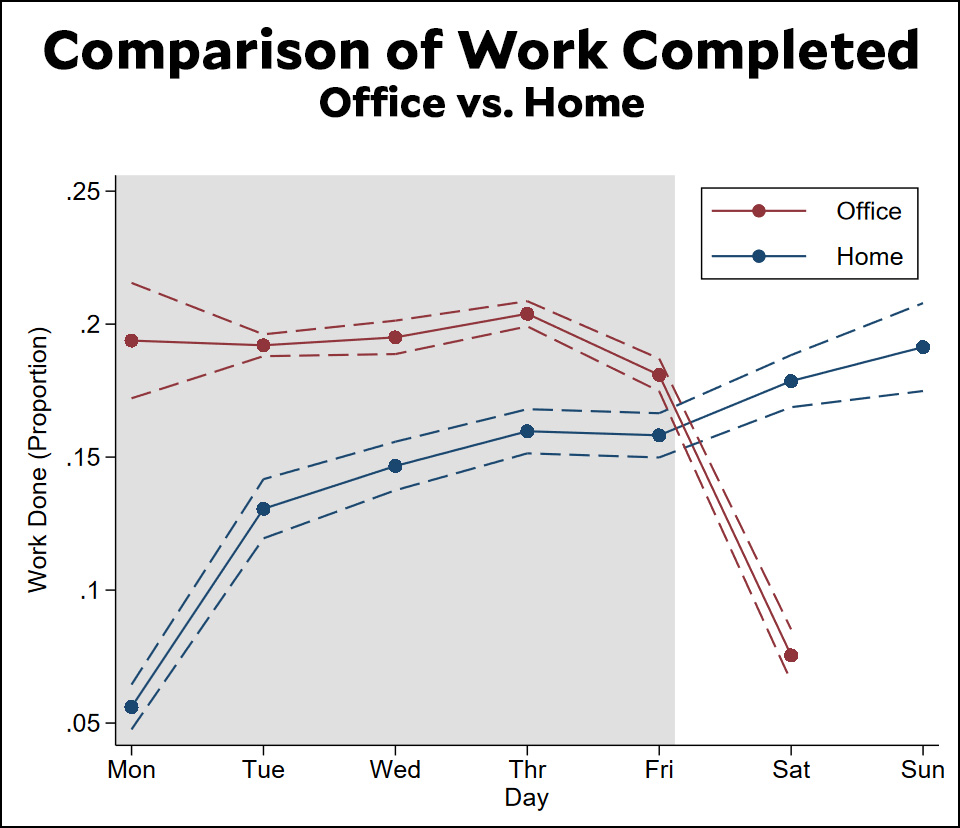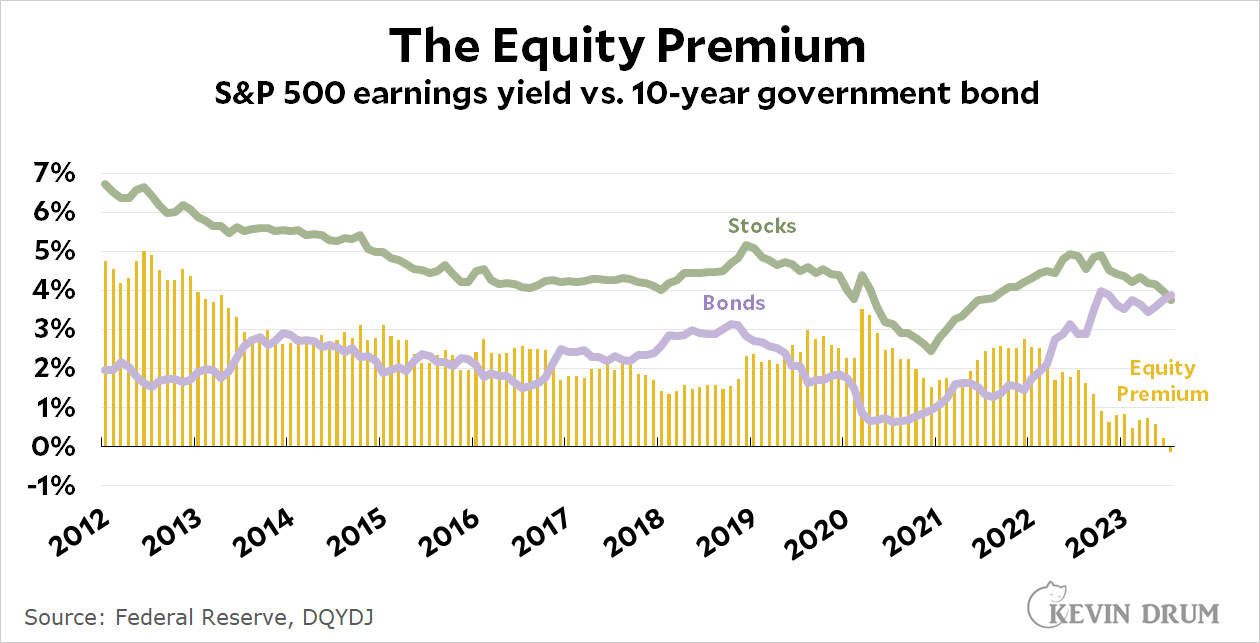There are two types of studies about the association of lead and crime. The first is an ecological study that compares lead levels in a population of children to later crime levels in the same population. The second is an individual study that follows specific children to adulthood and compares each child's lead level to their later criminal history.
Ecological studies are common and show strong evidence that childhood lead poisoning leads to criminal behavior later in life. Individual studies are rarer, and today a paper was published that summarizes the results of every known individual study—17 in all. However, it's not a conventional meta-study since it doesn't attempt to combine the studies into a single result. It's more of a simple qualitative review. The conclusion was pretty clear:
The range of outcomes that were significantly associated with lead exposure [7 of the studies] were primarily related to an arrest, incarceration, or conviction of some type, with increasing blood lead concentrations in childhood prospectively associated with later arrests and convictions in several studies. In addition to this association, 7 studies found strong associations between lead exposure and later delinquent or aggressive behavior irrespective of arrest status....Even in reviewed studies in which statistically significant associations between lead and crime did not exist [2 of the studies], significant relationships between lead and damaging patterns of behavior that are more likely to lead to negative long-term outcomes were still present.
....This review demonstrates an association between exposure to lead and the later development of delinquent, antisocial, and criminal behavior. Although borderline levels of risk are seen in several of our included studies, most are above the null value and estimates of risk are generally precise.
However:
A shift from lower to higher effect estimates as magnitude of lead exposure increased [i.e., a dose-response effect] was a common and not unexpected outcome in our review. This finding is commensurate with existing ecological literature, although the magnitude of the effect size was much lower in our reviewed studies than that seen in ecological ones.
In summary:
- Overall, there is an association between lead and crime in individual studies.
- Even studies that don't show an association with crime show an association with delinquent and antisocial behavior, which themselves are associated with criminal behavior.
- Most studies showed a dose-response relationship. That is, higher lead levels predicted higher crime rates.
- The increase in effect size from higher lead levels is not as dramatic as that shown by ecological studies.
In other words, this is yet more evidence for the link between lead and crime. But the link might be a little weaker than we thought.







